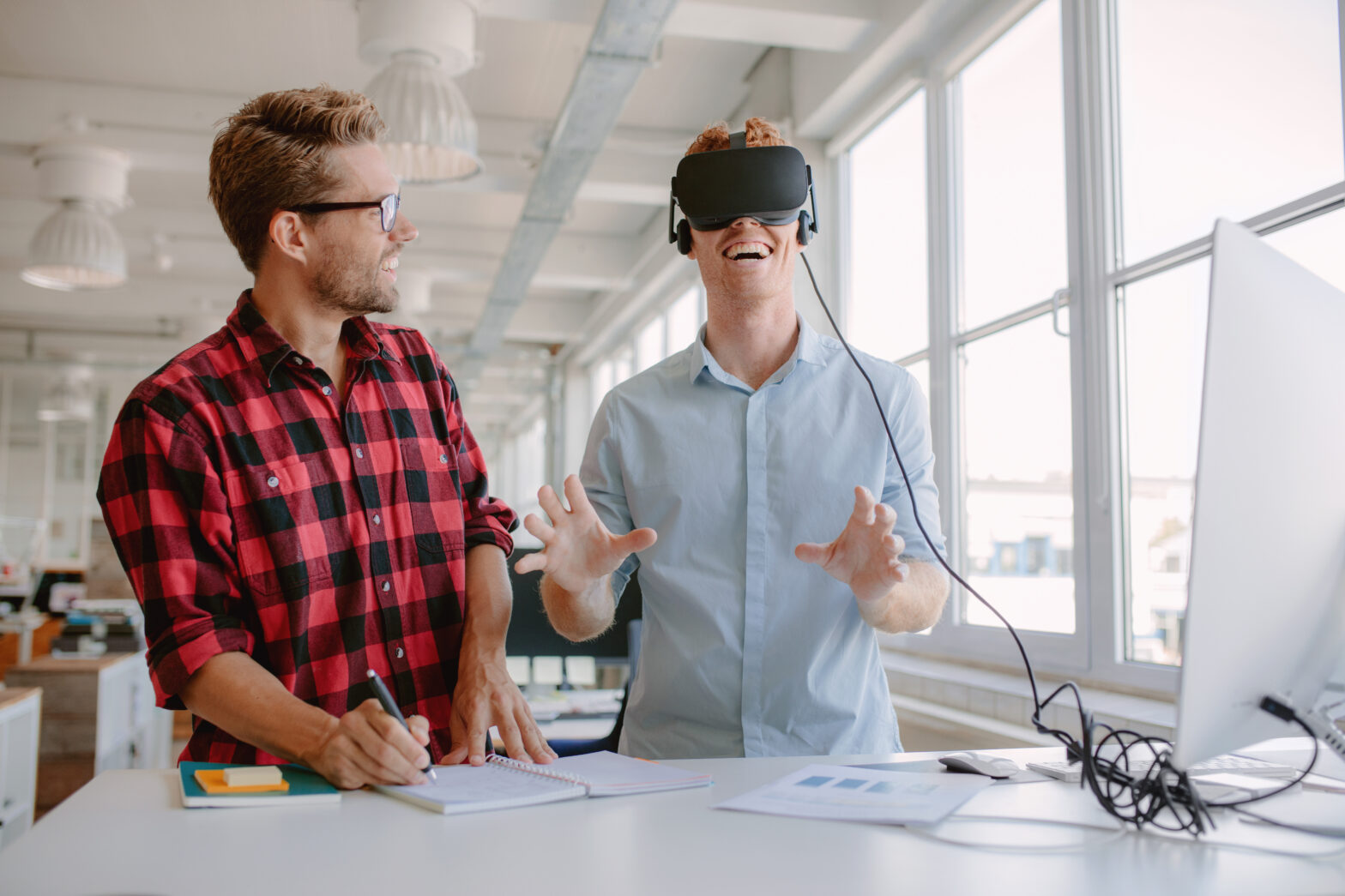The beginning of the new year often signals a time for personal reflection and projection, and the business world is no different. There is an enormous amount of technology out there, allowing us instant access to an almost infinite pool of information, and the rate at which new technology appears is outstanding.
Research has shown that 29 per cent of all small and medium-sized enterprises (SMEs) view technology as a tool that can drive growth within a business and increase profits. To help focus your mind on what to be on the lookout for, we have complied a list of the top technology trends we will see more of in 2017.
Cloud adoption
As we see the expansion of analytics, real-time insights and IoT, we will also see a second wave of cloud adoption as the ‘great migration’ begins. Many experts agree that the cloud is now secure enough and mature enough for enterprises.
For businesses embracing cloud, they will be granted immediate access to these insights, as well as higher levels of productivity, due to increased mobility and accessibility. The combined benefits provide businesses with a platform that will enable them to increase the number of customers that they both acquire and retain.
Understandably, businesses are still wary of being locked into one vendor for their cloud services; if you are going to adopt a widespread approach, ensure that the vendors each meet the strict compliance, security scalability and data integrity requirements.
AR & VR
Over the past 12 months, huge steps have been taken when it comes to both virtual and augmented reality. While many of us are becoming familiar with the increase in the VR trend, it’s true to say that AR can perhaps go under the radar. But who can forget about the explosion of Pokémon Go last summer?
It received over 100 million downloads, and 50 per cent of that occurred within 19 days of being released. This opened up new engagement and revenue opportunities for augmented reality offerings; popularising the trend and giving developers and marketers examples of how it can be put to use in a day to day setting.
Cyber security
The expected cost of cyber crime is to reach around $2 trillion over the next two years. With this in mind, it’s clear that cyber security will be a dominant theme throughout 2017 as more and more businesses experience data theft and fraud. We predict that the following are going to be the top three cybercrime methods to be most vigilant of this year:
Ransomware. This has been a major threat over the past two years and will continue to be a threat throughout 2017. Attackers are finding new ways to target victims and looking for other areas to attack such as password manager software.
Spoof emails. Email spoofing is becoming much more advanced with the forging of email sender display names and content. They target accounts departments with the intention of fooling someone into transferring large amounts of money to the attacker. These emails appear to be genuine on the face of it, which makes them hard to detect at the spam filter.
Network intrusion. Network intrusion has been an issue for some of the larger more well-known organisations such as Sony where several hundreds of gigabytes of data was stolen. Initial access can be gained through email spoofing. Once a hacker is in the network, they can spend several weeks/months conducting research to gain access to critical systems and data.
We envisage data protection will remain a key focus for IT security investment in 2017, with an emphasis on mobile and cloud; this is due to the fact 57.3 per cent of UK businesses and 46.9 per cent of European businesses plan to use cloud-based software models.
Digital integration
Smartphones have enabled more and more technology to enter our daily lives. The number of people using a smartphone is forecast to exceed five billion by 2019 and 33 per cent of smartphone users deem it as the most important device for accessing online services.
In 2017 we are going to see further digital integration; we already have click and collect and omni-channel offerings and this will evolve into retail businesses featuring more digital features. Smart mirrors are already in use in some clothing businesses to save customers physically trying on clothes, and iPads are being introduced into fitting rooms that allow customers to search stock and order items.
When Amazon introduced the Amazon Dash Buttons, Time magazine hailed it as the ‘future of shopping’. This is mainly aimed at B2C brands, but there is no reason why this automated service can’t be introduced into a business setting.
Smart offices
The Internet of Things has given rise to ‘smart homes’ but so far, the smart office has been overlooked. Inc magazine ran a feature in 2014 that discussed a case whereby a business had invested a considerable sum of money into smart devices for their office, and as a result the business has seen an increase in leads by 30 per cent.
Options for smart offices include motion sensor lighting that alerts you when someone has entered the office, windows blinds that follow the sun to maintain optimum temperature in the office space and programmable office thermostats that mean you aren’t heating or air conditioning your office space at time that it is empty.
As the traditional working out give way to flexible hours, or those patterns chosen by the employee to suit their preferences – the security of offices comes into play. It is possible to have security footage streamed directly to a smartphone, and doors can be unlocked using biometric data and facial recognition.
And then there are the office aesthetics too consider; sensitive plant pots, that alert you when the office greenery needs sunlight or water.
Humanised data
We are now living in a data-centric world; it’s no surprise that data continues to drive businesses forward by providing insights into customer behaviour, demand and brand perception.
Big data is quantitative, with a numerical foundation, and some experts consider this to also be its weakness. In 2017, we will see big data evolve into humanised data, and the data will become more qualitative, projected in a more accessible way, using visual elements.
This article was provided by Russell Hargreaves of DMC Software.




